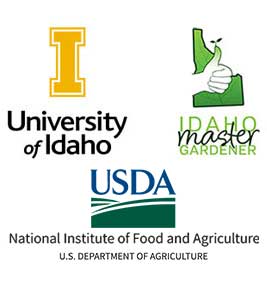lygus bug-alfalfa seed, 2019
Swipe Left or Right to navigate Alerts
lygus bug-alfalfa seed, 2019
Alfalfa Seed Treasure Valley
lygus bug
Posted on: May 2, 2019 by Jerry Neufeld
The Lygus degree day calculator hosted by Integrated Plant Protection Center at Oregon State University and the IPM Centers - PNW Coalition shows that, depending on your location in the Treasure Valley, we have accumulated 175 degree days between January 1, 2019 and May 2, 2019. This is 5 days behind 2018, and the same as the 30-year average. Peak emergence of lygus bug 1st and 2nd instar nymphs should occur right around 272 accumulated degree days; this will occur around May 15, and is the time monitoring for lygus bugs in alfalfa seed fields should begin.
When using most insecticides, fields should be treated when numbers of lygus bugs reach 4-5 lygus bug nymphs per 180 degree sweep. Growers using Assail, or Beleaf, as stand-alone sprays probably should treat before 4th instar nymphs are detected.
Below are the instructions for using the degree day calculator.
1) Select the location nearest you by selecting the appropriate pin in the map at the top of the page. The above data are for the Parma location. Results likely will vary depending on the location selected.
2) Select “insects” in the category drop down box under the map, then select the “Lygus bug [alfalfa seed] Ben Simko 2000” model from the “Select model” link to the right of the Model box. It should be model 61 in the list.
3) The predicted date for the 275 degree day accumulation for peak 1st and 2nd instar lygus nymphs will be listed in the “DDs Event” text box. You also can view the full model output by selecting the button labeled “Click here to CALC/ RUN model w/daily output”
Also, below are the links to the “alfalfa seed-lygus bug” page in the PNW Insect Management Handbook, and the Assail label on the Idaho State Department of Agriculture website.
» https://pnwhandbooks.org/insect/legume-grass-field-seed/alfalfa/alfalfa-seed-lygus-bug
» https://agri.idaho.gov/main/56-2/pesticides/product-registration-2/pesticide-label-search/



